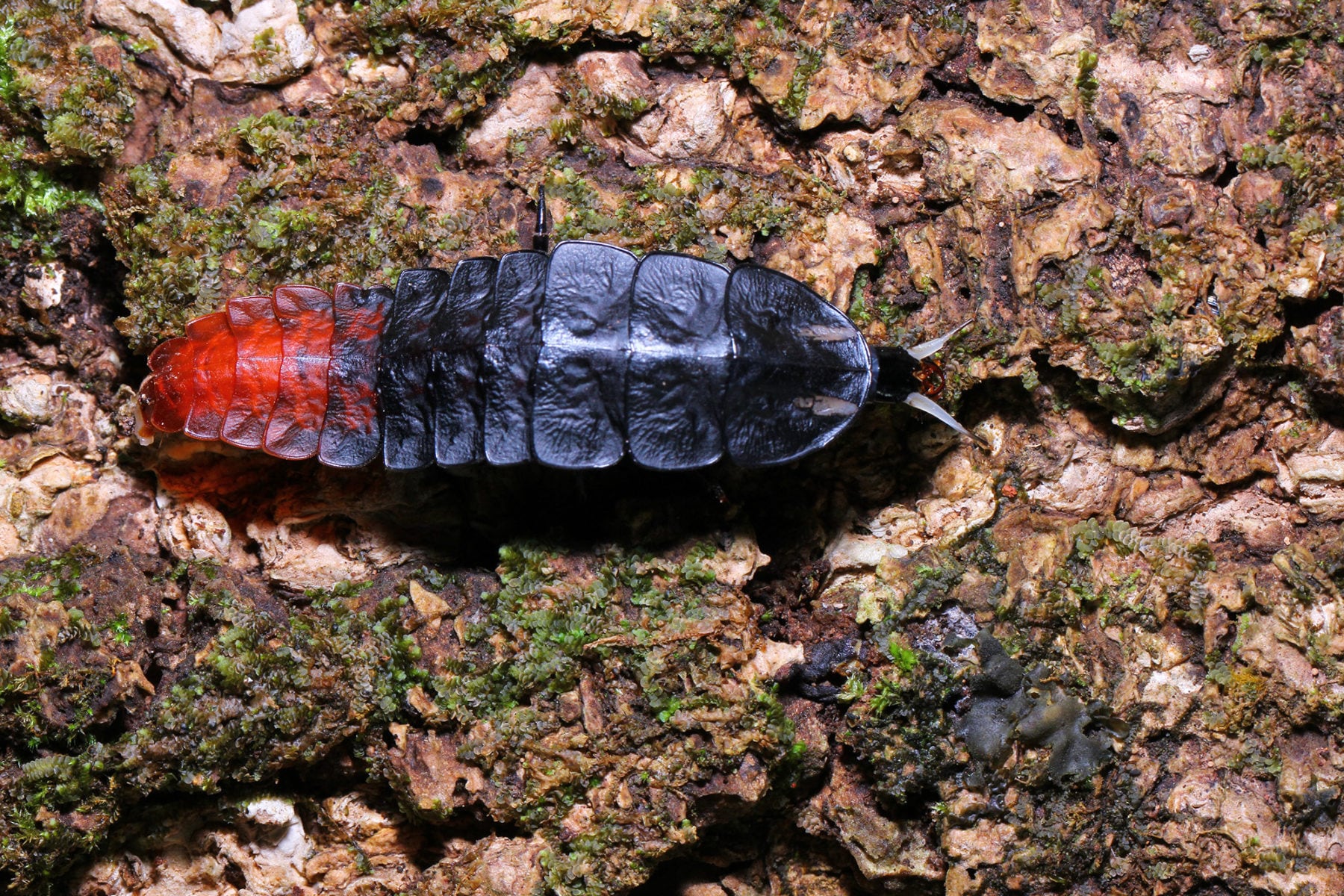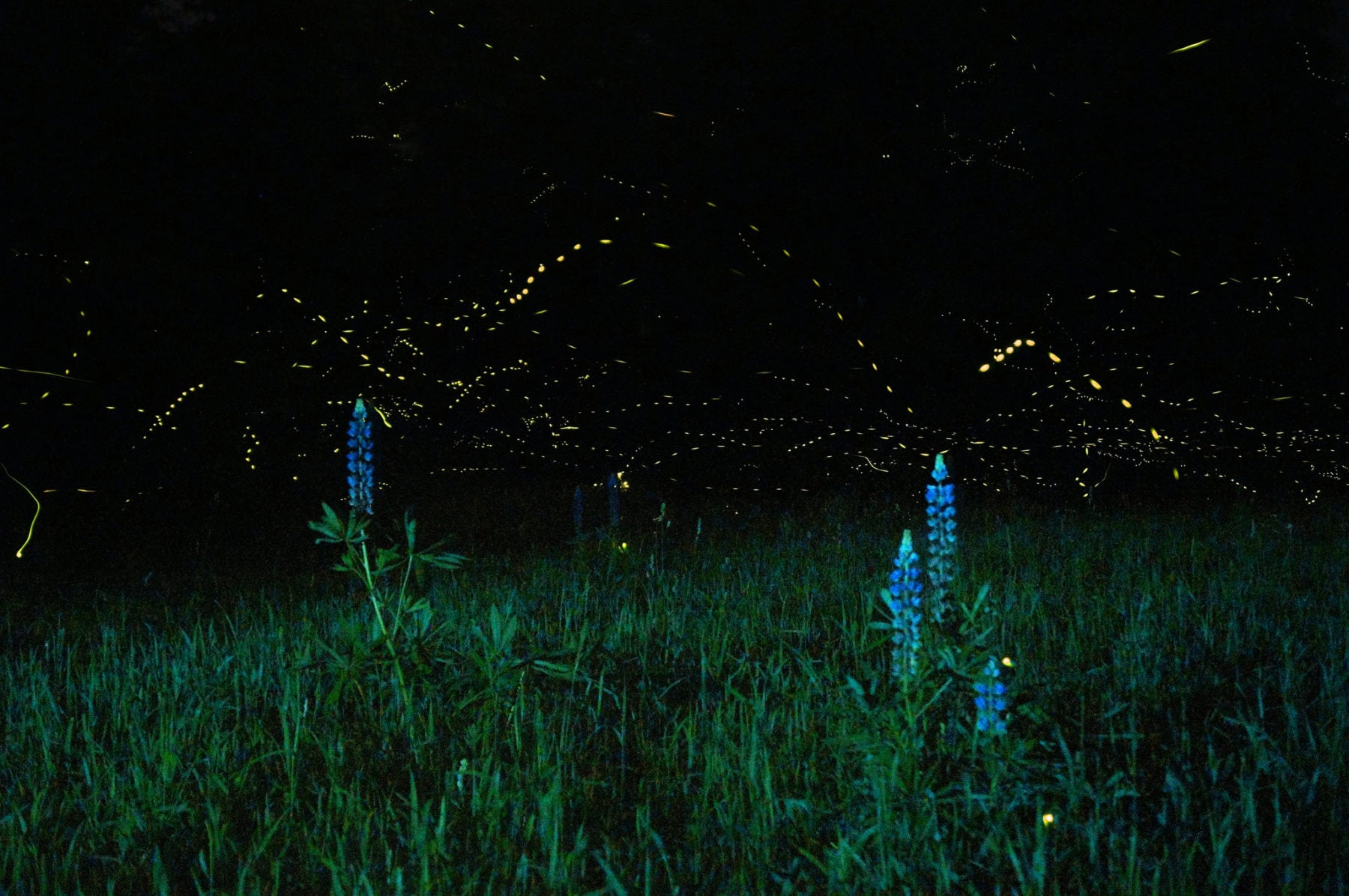This giant firefly looks even weirder in the light

Bec Crew
Bec Crew

WITH LIGHT-producing organs called lanterns tucked neatly under its abdomen, and a large, armoured body that makes it look like an oversized prehistoric beetle, the giant firefly has an otherworldly vibe about it.
It belongs to the little-studied group of fireflies called Lamprigera. There are 16 known species of Lamprigera, many of which were discovered more than 100 years ago. Since then, little progress has been made to distinguish the species from one another, which only adds to the mystery surrounding these insects.
Growing to around 10 cm long, the giant firefly is a fairly slow-moving and gentle creature. By day, they look just like a trilobite beetle:

Their glow – or bioluminescence – is produced by specialised cells called photocytes that are packed inside its lanterns. These photocytes contain a pigment called luciferin, which reacts with oxygen to set off a chemical reaction that results in a brilliant flash of light.
You can see here how bright this glow is, visible for many metres in a dark forest:
And here you can see the giant firefly lit by torchlight:
Lamprigera fireflies are one of several groups within the Lampyridae family of fireflies.
There are more than 2,000 described species of Lampyridae fireflies, 25 of which are found in Australia. The Australian species inhabit the forests and mangroves of coastal New South Wales, Queensland, and the Northern Territory.
The sole firefly species in the Sydney area is the Blue Mountains firefly (Atyphella lychnus). Despite what the name suggests, it’s not only found in the Blue Mountains region, but is spread throughout Sydney to up in south-eastern Queensland.
As adults, fireflies only live for a few days, and the reason for that is pretty morbid – they don’t have any mouthparts, so they can’t feed.
Instead, they spend their time searching for a mate, and use their lanterns to advertise their whereabouts.
Each species of firefly has its own distinct pattern of lantern flashes – that’s why if you ever encounter a population of them in the dark, you’ll see them flashing in unison.
The effect, when caught on camera, can be very striking. Here’s a bunch of fireflies in a long-exposure photo taken in a forest near Nuremberg in Germany:







